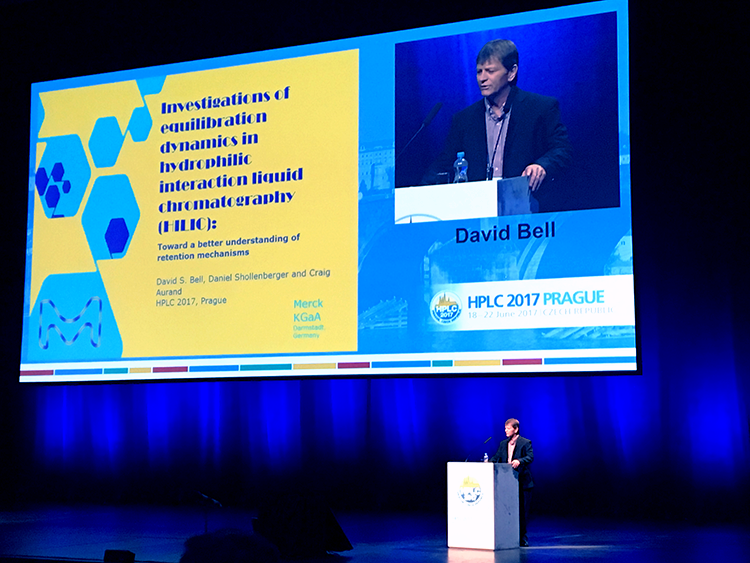Mastering Equilibration in HILIC: A Key to Reproducible Separations

Hydrophilic Interaction Liquid Chromatography (HILIC) has revolutionized the analysis of polar compounds, offering enhanced retention, superior mass spectrometry compatibility, and efficient separations. Yet, one persistent challenge remains: equilibration time. Compared to reversed-phase LC, HILIC’s reliance on establishing a structured water layer on the stationary phase requires time.
🔬 Why Does HILIC Take Longer to Equilibrate?
HILIC retention isn’t governed by a single interaction but rather a dynamic balance of partitioning, adsorption, and ion exchange. The formation of a stable water layer on the stationary phase is essential for reproducibility, yet its rate of establishment varies based on:
✅ Stationary Phase Chemistry – More polar phases equilibrate faster; polymeric phases may require additional time.
✅ Mobile Phase Composition – Higher water content in the running mobile phase expedites equilibration. A shift from 60% to 98% acetonitrile? Expect delays.
✅ Temperature & Flow Rate – Increasing both can accelerate solvent exchange and equilibration.
📊 Optimizing Equilibration for Efficient Workflows
While full equilibration is critical for isocratic HILIC, gradient and multidimensional HILIC require a more practical approach: partial re-equilibration. Studies have shown that 1–2 column volumes of fresh mobile phase are often sufficient for reproducible retention times, making rapid gradients and high-throughput analyses feasible.
⚙️ Best Practices for HILIC Success
✔️ Store columns in conditions that closely match your running mobile phase.
✔️ Perform conditioning injections before data collection, especially for gradient methods.
✔️ For gradient methods, document re-equilibration time and LC system volume to ensure reproducibility and robustness.
🔎 HILIC’s Potential is Expanding—Are You Ready?
With careful equilibration strategies, the power of HILIC can be fully harnessed for robust, reproducible, and high-performance separations. As the demand for analyzing polar compounds grows, mastering this technique is essential.
💡 What are your experiences with HILIC equilibration? Have you found innovative ways to accelerate the process? Let’s discuss!
#Chromatography #HILIC #SeparationScience #MethodDevelopment #HPLC #AnalyticalChemistry #ASKkPrime



